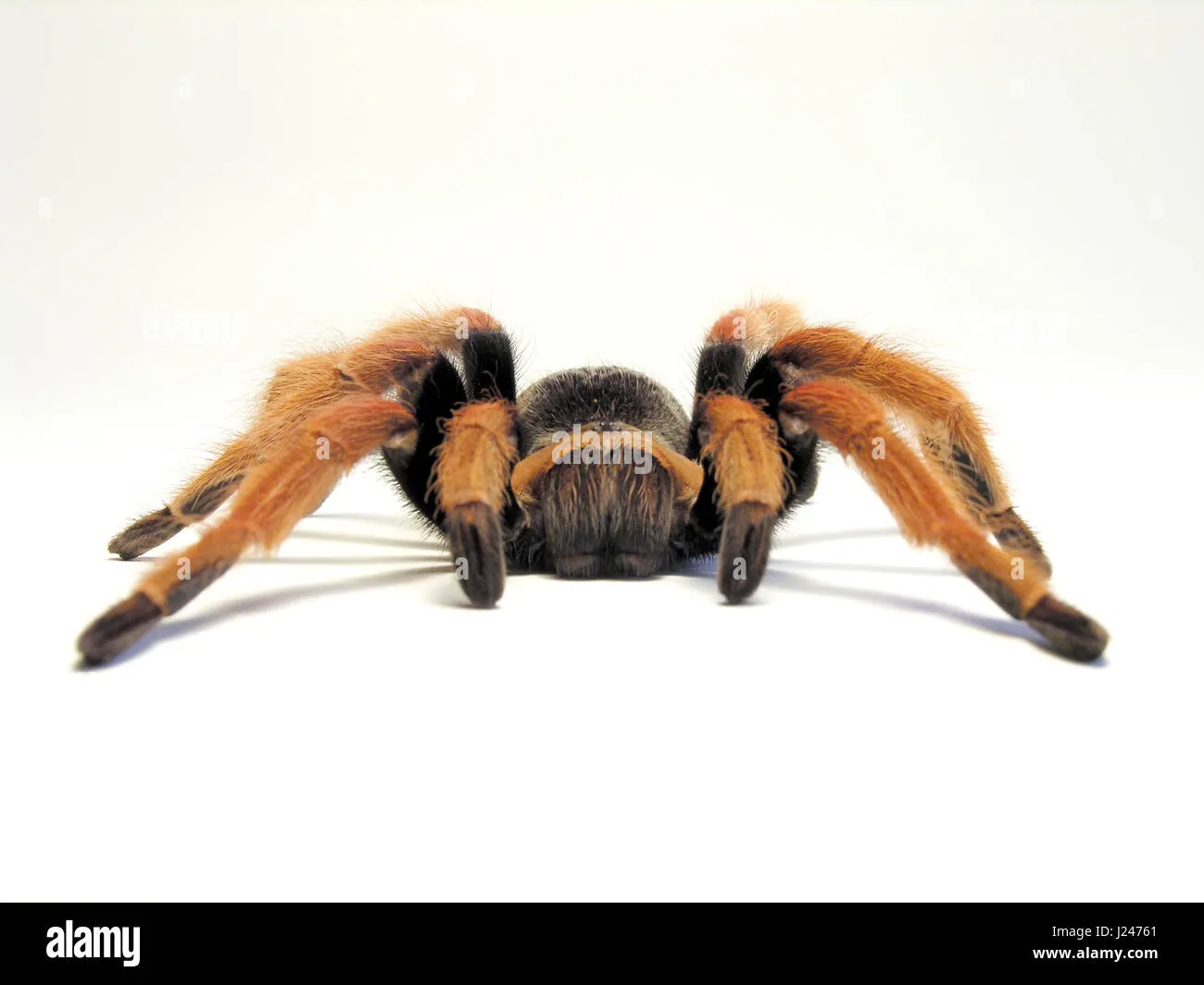Understanding the Mexican Fireleg Tarantula
The Mexican Fireleg Tarantula (Brachypelma boehmei) is a popular choice for tarantula enthusiasts due to its striking coloration and relatively docile temperament. However, handling these arachnids requires knowledge and caution. This guide provides comprehensive information on how to handle a Mexican Fireleg Tarantula safely and responsibly, transforming you into a confident tarantula handler. Handling should always be done with the tarantula’s well-being and your safety as the top priorities. Always approach handling with respect for the animal, and understanding of its needs.
Appearance and Characteristics
Mexican Firelegs are known for their vibrant colors. They have a black carapace, legs that are predominantly black with orange-red ‘knees’ and a reddish-orange abdomen. These tarantulas typically reach a leg span of 5-6 inches, with females generally larger than males. Their appearance is one of the reasons for their popularity as pets. Knowing the basic look of your tarantula allows you to identify any potential health issues like missing legs or malting issues. A healthy Mexican Fireleg will be active, responsive and will eat well. If you start to notice that the tarantula’s behavior changes, it may be a sign that it is stressed or has a medical problem.
Temperament and Behavior
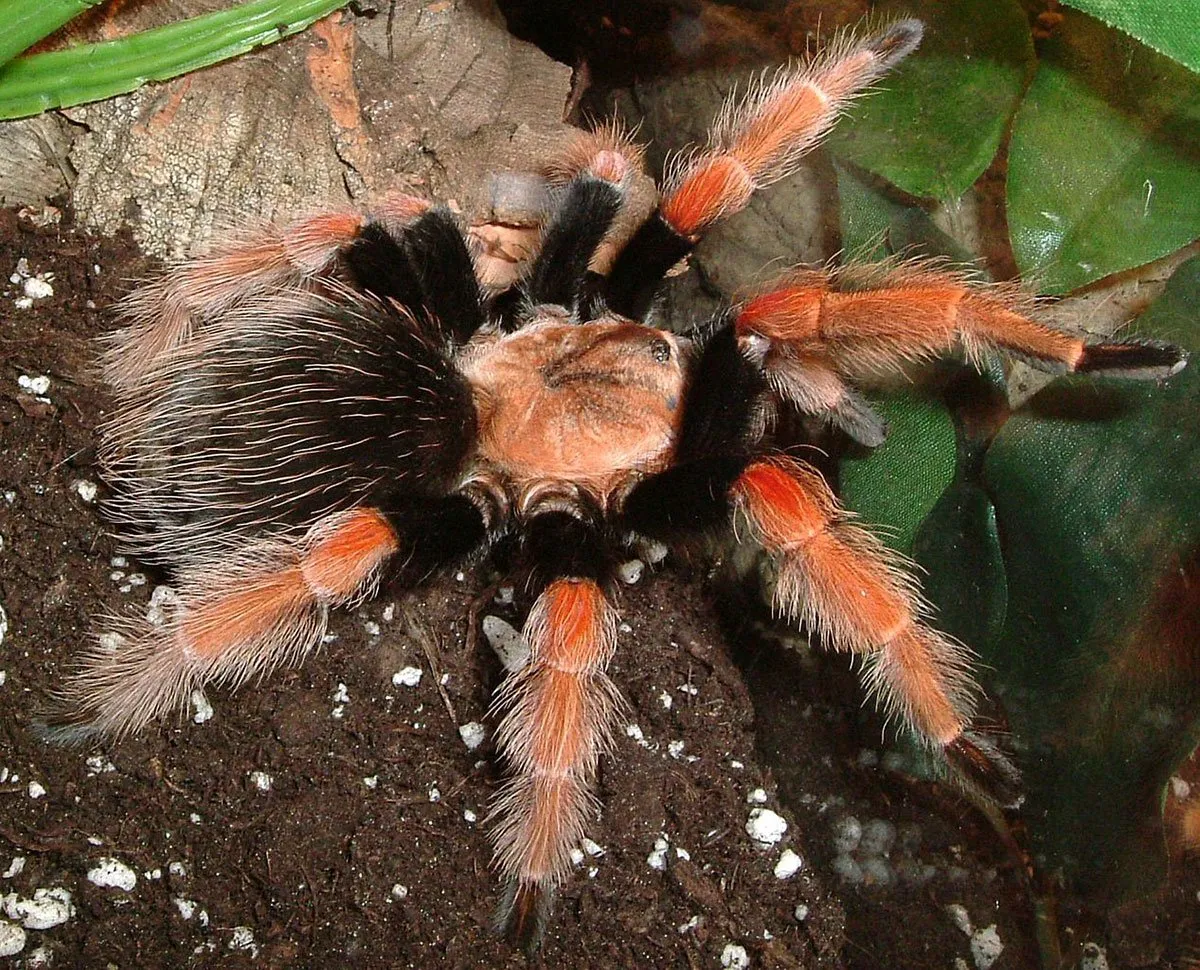
Compared to some other tarantula species, Mexican Firelegs are relatively docile. They are less likely to bite than some other species, but they can still become defensive if they feel threatened. Their primary defense mechanisms include flicking urticating hairs from their abdomen, which can cause skin irritation, and rearing up in a threat posture. It’s very important to be aware of these defensive behaviors before you begin to handle the tarantula. Before starting a handling session, observe the tarantula to see if it’s in a calm mood. If it seems agitated or stressed, it is best to postpone handling and try another time.
Essential Equipment for Handling
Before you even think about handling your Mexican Fireleg Tarantula, you need to make sure you have the right equipment. Safety for both you and the tarantula must be a priority. This section covers all the necessary tools and enclosure preparations, setting the stage for a safe and successful handling experience. Proper preparation is critical to reducing the risk of injury to either you or the tarantula and minimizing stress on the animal.
Handling Tools
While direct handling is possible, certain tools can enhance safety. A soft, wide-tipped paintbrush can be used to gently guide the tarantula. Long tongs, specifically designed for handling invertebrates, can be used to move the tarantula safely, but should be used only as a last resort and with extreme care to avoid injury. A clear, escape-proof container is useful for temporary containment if the tarantula needs to be moved. This might be necessary for enclosure cleaning. Always make sure all tools are clean and disinfected to avoid introducing harmful substances to your tarantula’s enclosure.
Enclosure Setup
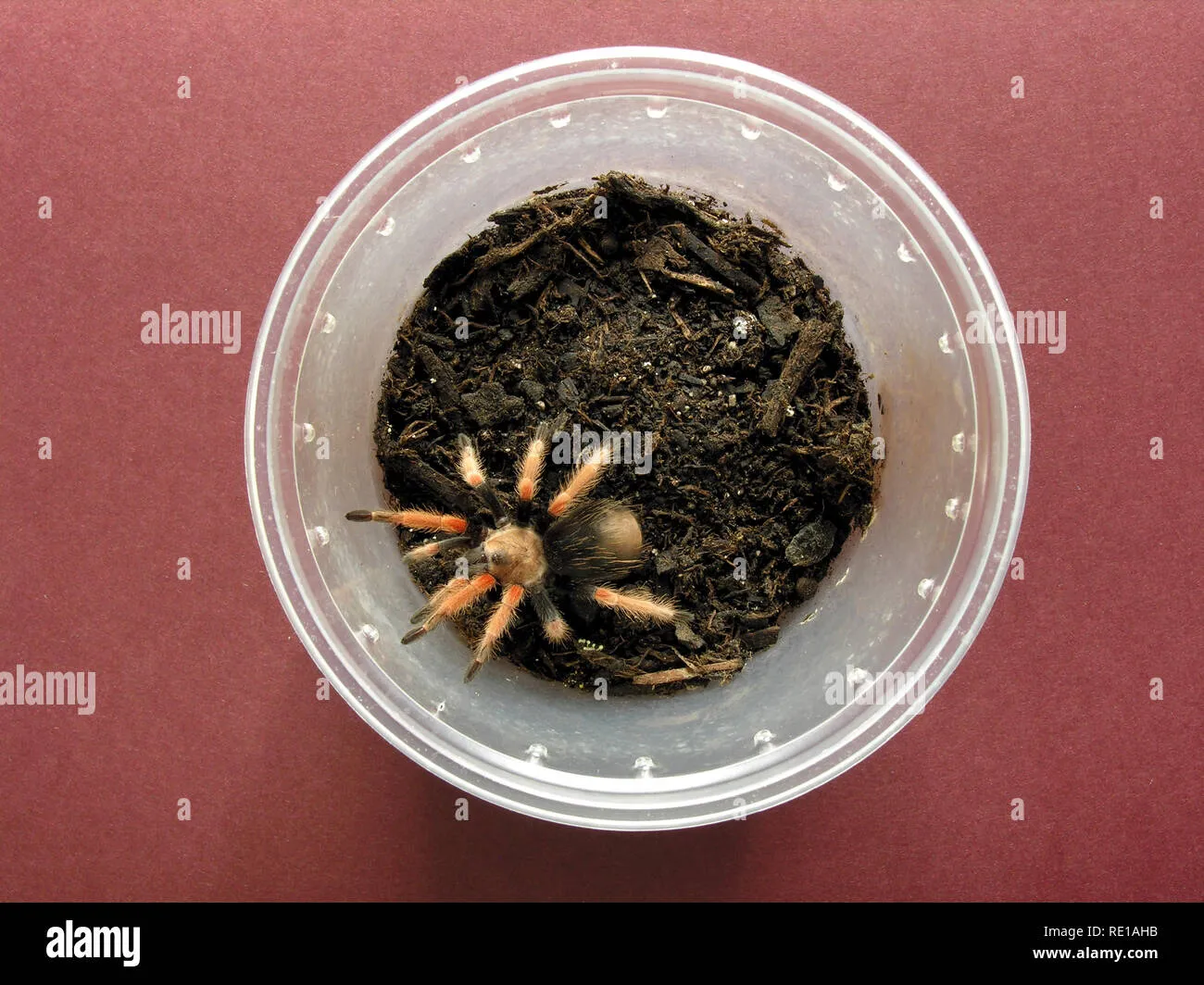
The tarantula’s enclosure should be designed to provide a safe and secure environment. The enclosure should be large enough for the tarantula to move around, but not so large that it feels exposed. The substrate should be appropriate for burrowing, if the species burrows, and should be kept at the correct moisture level. Ensure the enclosure has a secure lid to prevent escapes. The enclosure’s features like hides, water dishes, and temperature and humidity gradients should be carefully considered. An improperly designed enclosure can stress the tarantula and make handling more difficult and dangerous. It’s always important to be mindful of the tarantula’s needs.
Preparing for Your First Handling Session
Before you even touch your Mexican Fireleg Tarantula, preparation is key. A well-planned approach reduces the risk of stress for the tarantula and potential hazards for the handler. Patience and observation are the most important aspects of the initial preparation stages. Knowing how the tarantula reacts in its enclosure is very important. Rushing into handling without proper preparation can lead to unnecessary stress for the animal and potential injury for the handler.
Creating a Safe Environment
Choose a clean, uncluttered, and well-lit area for handling. Remove any potential hazards like sharp objects or things the tarantula could get trapped in. Ensure the room is quiet, as loud noises can startle the tarantula. If the tarantula escapes, a secure environment makes it easier to locate and recapture it. The handling area should be easy to clean, and should ideally be a space where you can comfortably sit or stand while keeping an eye on the tarantula. It is a good idea to have a container ready in case you need to quickly contain the tarantula.
Observing Your Tarantula’s Behavior
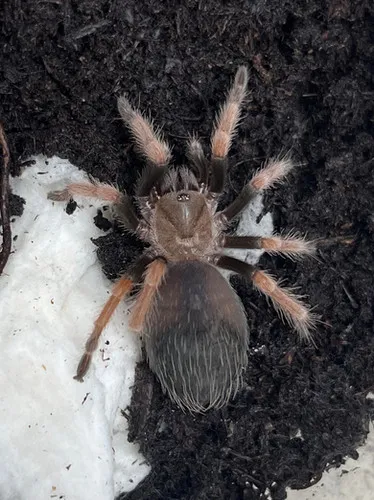
Before attempting to handle, carefully observe your tarantula’s behavior. Look for signs of stress or aggression, such as a threat posture (rearing up on its back legs), flicking urticating hairs, or erratic movements. If the tarantula appears agitated, postpone handling. A calm tarantula is less likely to exhibit defensive behaviors. Observe its overall demeanor, body language, and how it reacts to stimuli. Take some time to get to know your tarantula, as each one has its own personality. Handling should always be done with respect and consideration for the animal’s well-being.
Step-by-Step Handling Guide
Once you’ve prepared and observed your tarantula, follow these steps for safe and successful handling. Remember, patience and gentleness are critical. This section details the safe and responsible methods for handling a Mexican Fireleg Tarantula. Each step is designed to minimize stress for the tarantula and potential risks for the handler.
Approaching and Encouraging Movement
Approach the enclosure slowly and speak in a calm, soothing voice. Open the enclosure lid gently. If the tarantula is in a burrow or hide, gently encourage it to come out using a soft paintbrush. Avoid sudden movements or loud noises that could startle the tarantula. Never force the tarantula to move, let it come out on its own time. The goal is to create a sense of trust. Your body language can affect the tarantula. Avoid looming over the tarantula. Instead, position yourself to the side, where you won’t appear to be a threat.
Lifting and Supporting the Tarantula
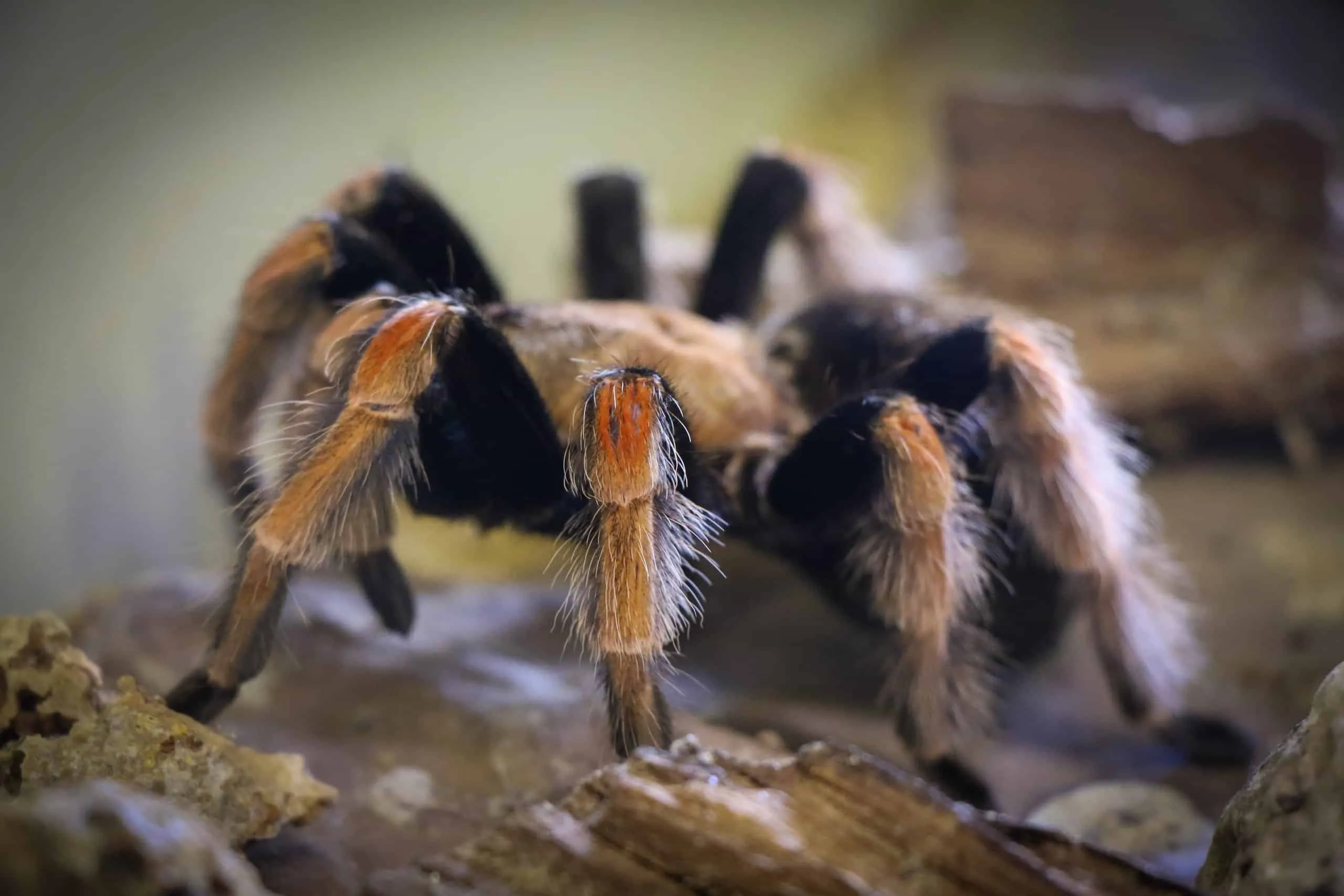
Once the tarantula is out of its hide, gently coax it onto your hand. The tarantula can be encouraged to walk onto your open palm. Avoid grabbing or trying to pick the tarantula up, as this can be perceived as a threat. Support the tarantula with both hands, allowing it to walk across your palms. Keep your movements slow and steady. Pay attention to the tarantula’s movements. If it starts to move quickly or shows signs of agitation, gently place it back into its enclosure. Always wash your hands thoroughly before and after handling.
Returning the Tarantula to Its Enclosure
When you’re ready to return the tarantula to its enclosure, gently guide it back onto its substrate using a soft paintbrush or by allowing it to walk off your hand. Make sure the tarantula is safely back in the enclosure before closing the lid. Never drop or release the tarantula from a height. Ensure it has access to water and its hide after handling, as it may be slightly stressed. Observe the tarantula for a few minutes after returning it to its enclosure, to make sure it is behaving normally. If it doesn’t return on its own then use the paintbrush to gently guide it.
Post-Handling Procedures
After the handling session, proper procedures are necessary to maintain a healthy environment for your tarantula and yourself. This phase is important for both the tarantula’s well-being and your personal safety. This is where you can minimize the risk of infection and ensure your tarantula remains healthy.
Cleaning and Sanitizing
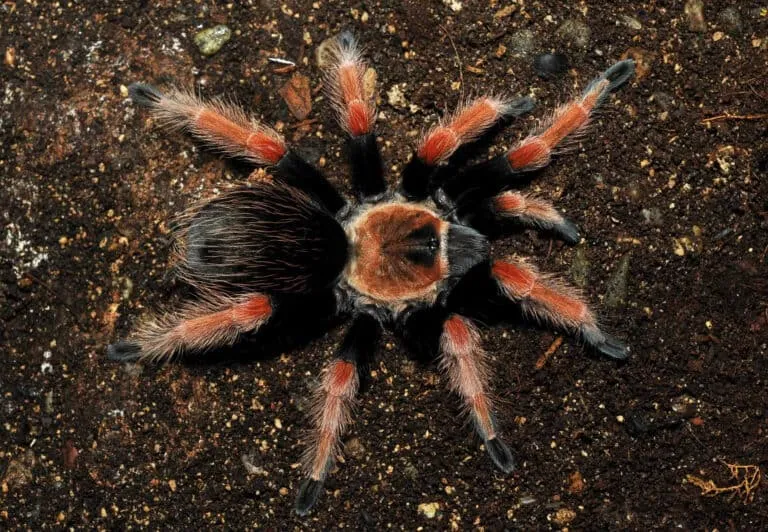
Thoroughly wash your hands with soap and water after handling. This removes any potential urticating hairs or other irritants. Disinfect any tools used during handling. If you used the handling space for the tarantula, it should be cleaned. The cleaning process helps prevent the spread of any potential contamination. Consider the risk of any cross-contamination and take steps to avoid it.
Monitoring Your Tarantula
Observe your tarantula for any signs of stress or injury in the days following handling. Monitor its appetite, activity level, and overall behavior. If you notice anything unusual, consult with a veterinarian or experienced tarantula keeper. The monitoring process enables you to recognize potential issues. It is easier to treat any issues in the early stages. Early detection can save your tarantula’s health.
Common Mistakes and How to Avoid Them
Even experienced keepers can make mistakes. Being aware of common pitfalls will help you avoid them and keep your tarantula safe. This section highlights frequent handling errors and offers solutions to ensure a safer experience. Knowing these common pitfalls will help you handle the tarantula more safely. Avoiding these will contribute to your success as a tarantula keeper.
Handling During Molting
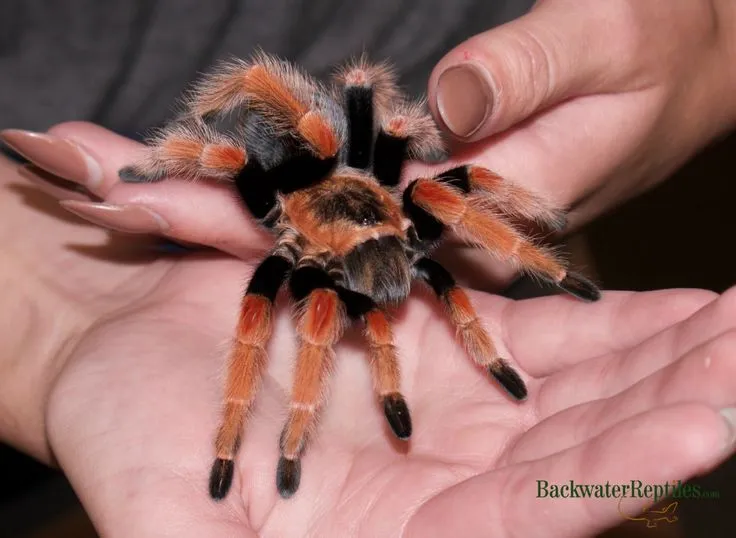
Avoid handling your tarantula during the molting process. This is when the tarantula is most vulnerable. Handling a tarantula during molting is extremely dangerous. Disturbing the tarantula during this time can cause injury and even death. If you are unsure if your tarantula is molting, it is best to avoid handling altogether. Create the best environment possible and avoid any stress to the tarantula until the molting process is complete.
Dealing with Defensive Behaviors
If your tarantula displays defensive behaviors, such as a threat posture or flicking hairs, immediately stop handling. Never try to force the tarantula to do something it doesn’t want to do. Allow the tarantula to retreat to its enclosure and de-stress. If your tarantula frequently displays defensive behaviors, re-evaluate its enclosure setup and overall environment to ensure it is comfortable and not stressed. It is very important to respect the tarantula’s boundaries and never force interaction.
Conclusion
Handling a Mexican Fireleg Tarantula can be a rewarding experience when approached with knowledge, respect, and caution. By following the guidelines in this article, you can ensure the safety and well-being of both yourself and your tarantula. Remember that patience, observation, and a calm demeanor are key to successful handling. With proper care and understanding, you can enjoy the unique experience of interacting with these fascinating creatures. Always put the tarantula’s health and safety above all else, and enjoy the journey of learning more about this amazing species.
